Zwift racing vs base building: which is the best way to build fitness through fall and winter?
Is continual Zwift racing a safe and effective way to build fitness over the colder months?
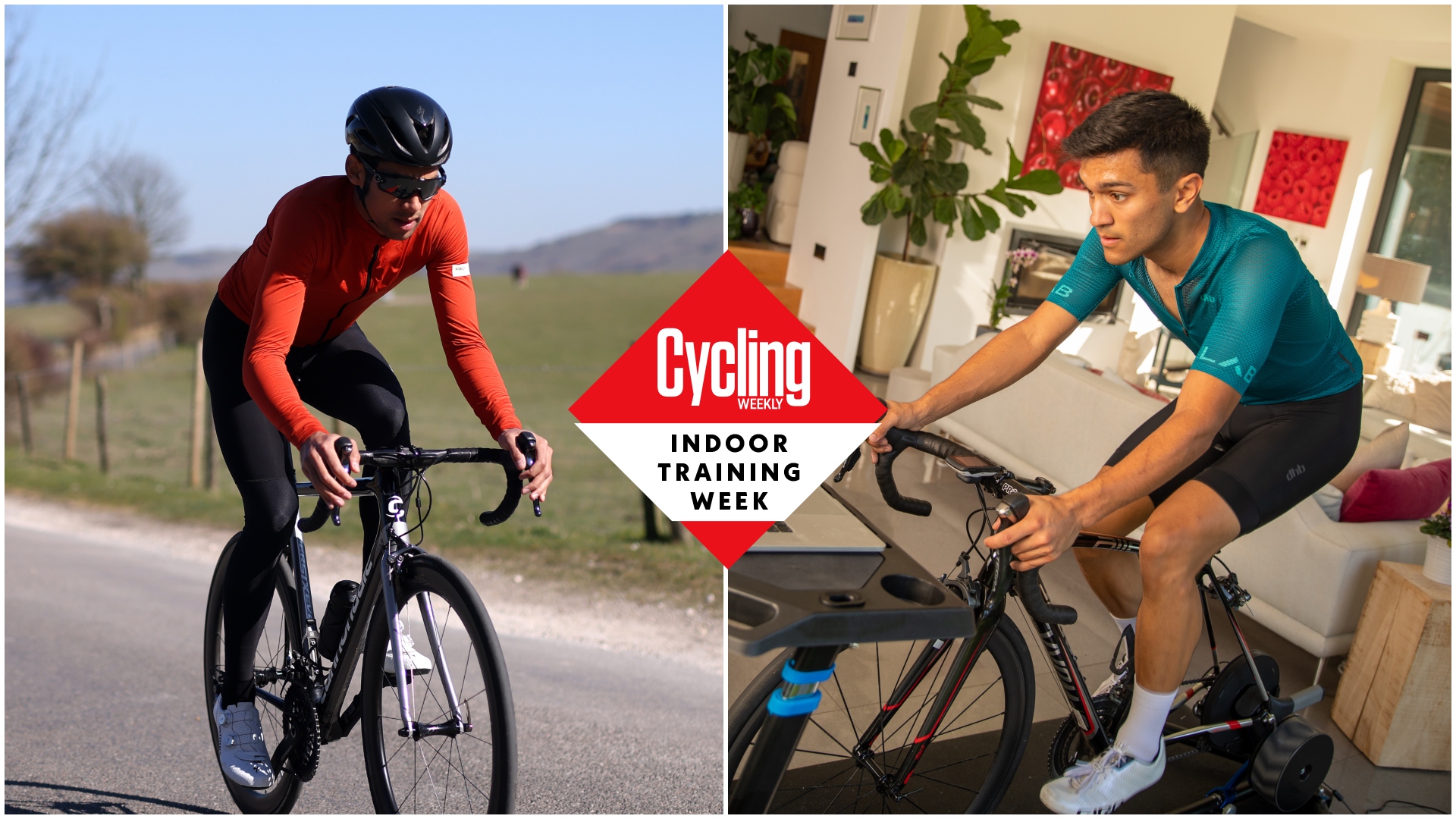
The virtual world of Zwift offered a much-needed outlet to cyclists stuck in their homes during the winter lockdowns of recent years. It has filled the gap, providing opportunities to ride, train and race with others around the world.
Provided you have a turbo-trainer, all you need to do is sign up to the service, log in and select your event. And if you don't have a turbo why not check out our guide to the best cheap smart trainers that'll get you up and running without having to spend a fortune.
The action on Zwift never ceases and can be easily fitted into your schedule. Hardly surprising, then, that this form of cycling has provided the impetus to stay fit. But, given the high intensity of most Zwift races, are we inadvertently pushing too hard when we should be backing off and building a base?
Unlike real-life racing, Zwift competition happens throughout the day and year, with no pre-defined seasons or built-in precautions to stop you burning out. How much Zwifting can you get away with without taking liberties with your fitness and overdoing it? In short, is it really OK to race all year round? We asked a selection of training experts – including Zwift specialist pro racer Ashleigh Moolman Pasio – for their guidance.
Plan ahead

As with all the best practices, planning ahead rather than deciding what to do on the spur of the moment ensures you get the best possible outcomes. If you don’t decide what you’re going to do until you turn on Zwift, you’re more likely to choose an unsuitable event. You’re better off saving your racing legs for when they can do the most damage to your competitors, while preserving your long-term form.
Pick one race series at a time and stick to your decision. Look at the racing calendar and see which race series suits you best. Plan a rest or base period between that and the next Zwift series you do. How much racing you can do without burning out, or even just getting stale and plateauing rather than improving, really depends on your pedigree as a cyclist and how fit you are. How much racing would you typically do in real life? If you’ve never done a season of racing before and are relatively new to cycling, doing multiple Zwift races each week is quickly going to tire you out and be counter-productive. If you’re a seasoned racer, you’ll know how to spot the signs of dwindling form turning into stale legs.
Perhaps more important when it comes to a long winter of Zwifting, is maintaining your mental form. Keep yourself motivated for racing by limiting the amount you do each week, and build in rest weeks. Plan for harder blocks of racing, knowing you’ll have a well-deserved recovery period afterwards.
Get The Leadout Newsletter
The latest race content, interviews, features, reviews and expert buying guides, direct to your inbox!
Be sure to check out our guide on how to write your own cycling training plan here.
Don’t race group rides
Zwift group rides tend to turn into races, but that doesn’t mean you have to go with the lead pack. These events are a great way to motivate yourself to do longer rides on the turbo, but should be used as Zone 2 endurance rides, not junk miles. Have a pre-planned average power or heart rate, or a threshold heart rate you won’t go over, and stick to it. A group will form further back from the leaders; that may be the best one to ride with. There are, quite literally, no medals for winning the group ride.
Notice signs of burnout – mental and physical
As with racing outdoors, you need to listen to your body. If you’re really not feeling it, don’t race. A huge advantage of Zwift is there will always be another race to do. Delaying racing by a few days could be the difference between going stale and still feeling sprightly in a month or three’s time.
Key signs of overtraining and burnout? You just don’t feel like racing. You can’t hold the power you should be able to based on your current threshold. You’re getting worse, not better. Initially you may need a few days off. If you keep going despite the early warning signs, things could get serious. If you feel your sleep quality is getting worse, you don’t feel refreshed when you wake in the morning and getting on the bike is more of a drag than a desire, it’s time for some time off.
Don’t forego base training
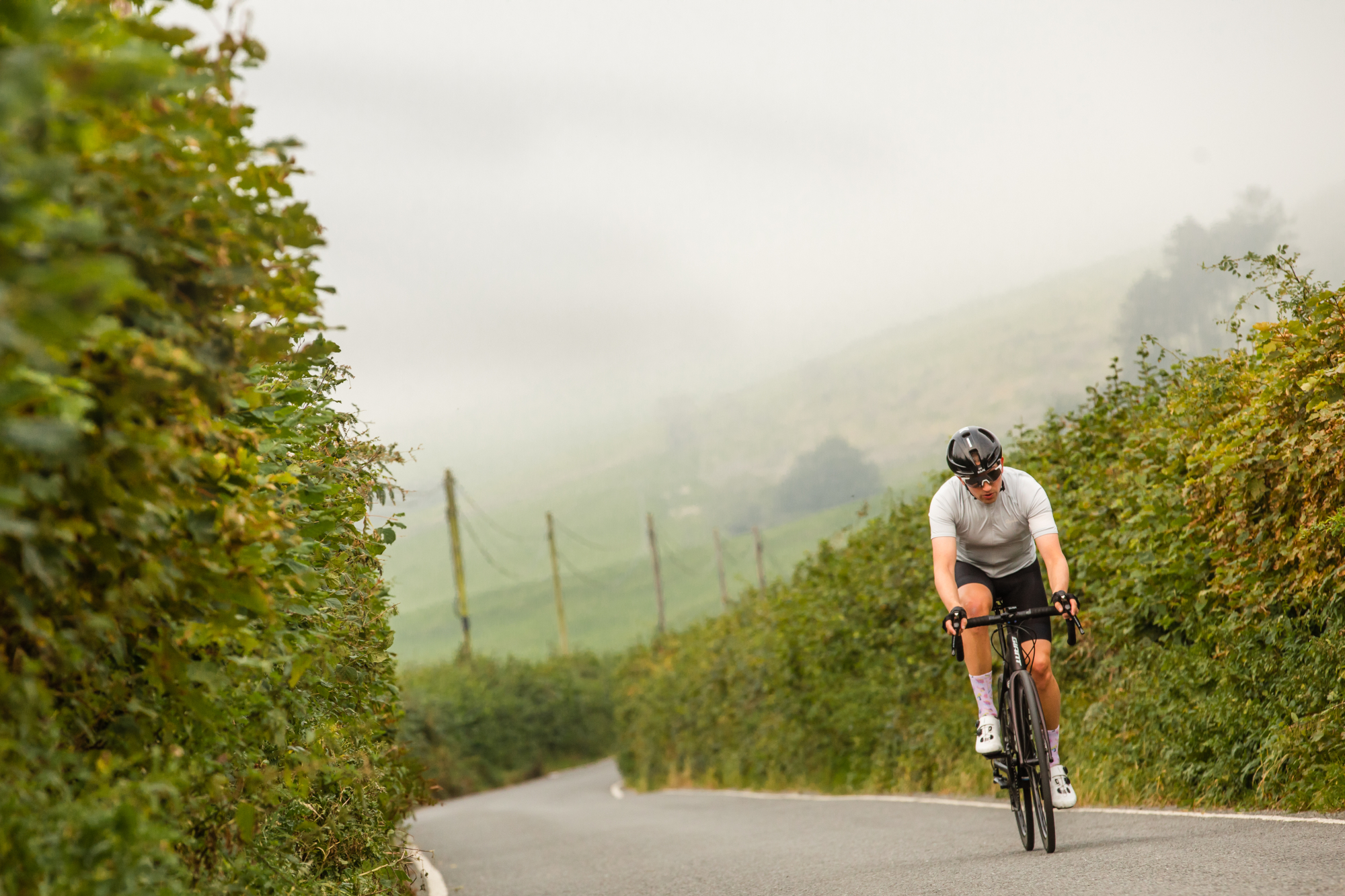
You might feel like racing is keeping you fit, but base training still has its place and you don’t want to have missed out on those winter miles. Zwift races tend to be short and intense – meaning you’re missing out on the physiological benefits of base training. Do some long, steady miles outside over the winter and reap the rewards come spring. Plan now for a period where you won’t race on Zwift at all, and instead will focus on long, steady paced miles to build your cycling endurance.
Having said that, you could swap in some Zwift races to replace high-intensity interval sessions, i.e. if you’re more motivated by racing than a pure training session. Just make sure you’re replacing like with like – the intensity, and total duration of that intensity, should match.
The answer?
The good news is, Zwift racing can certainly improve your overall fitness and, provided you don’t let your outdoor skills grow too rusty, that fitness will transfer seamlessly to the real world – at least in certain types of racing.
But just like in the real world, you’ll only get fitter if you’re intentional with your time on Zwift and it forms part of a holistic plan. Schedule races thoughtfully, stick to your goals for each event, and enjoy the benefits once spring arrives. Ride on!

Thank you for reading 20 articles this month* Join now for unlimited access
Enjoy your first month for just £1 / $1 / €1
*Read 5 free articles per month without a subscription

Join now for unlimited access
Try first month for just £1 / $1 / €1
-
 A bike rack with an app? Wahoo’s latest, and a hub silencer – Sea Otter Classic tech highlights, Part 2
A bike rack with an app? Wahoo’s latest, and a hub silencer – Sea Otter Classic tech highlights, Part 2A few standout pieces of gear from North America's biggest bike gathering
By Anne-Marije Rook
-
 Cycling's riders need more protection from mindless 'fans' at races to avoid another Mathieu van der Poel Paris-Roubaix bottle incident
Cycling's riders need more protection from mindless 'fans' at races to avoid another Mathieu van der Poel Paris-Roubaix bottle incidentCycling's authorities must do everything within their power to prevent spectators from assaulting riders
By Tom Thewlis
-
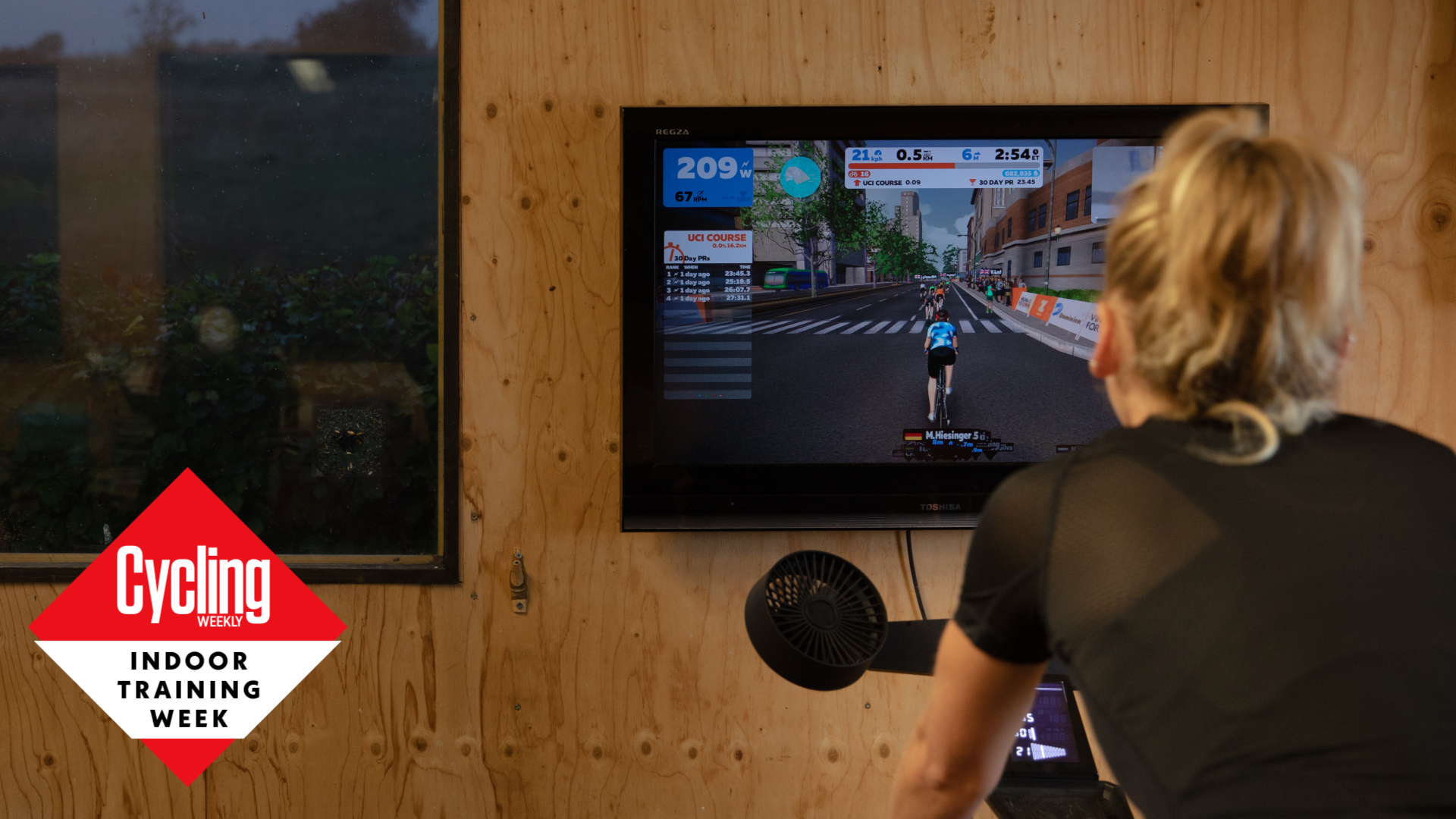 The best workouts and training plans on Zwift – the coach’s choice
The best workouts and training plans on Zwift – the coach’s choiceOur resident cycling coach selects the best Zwift workouts and training plans to help you achieve your cycling goals
By Andy Turner
-
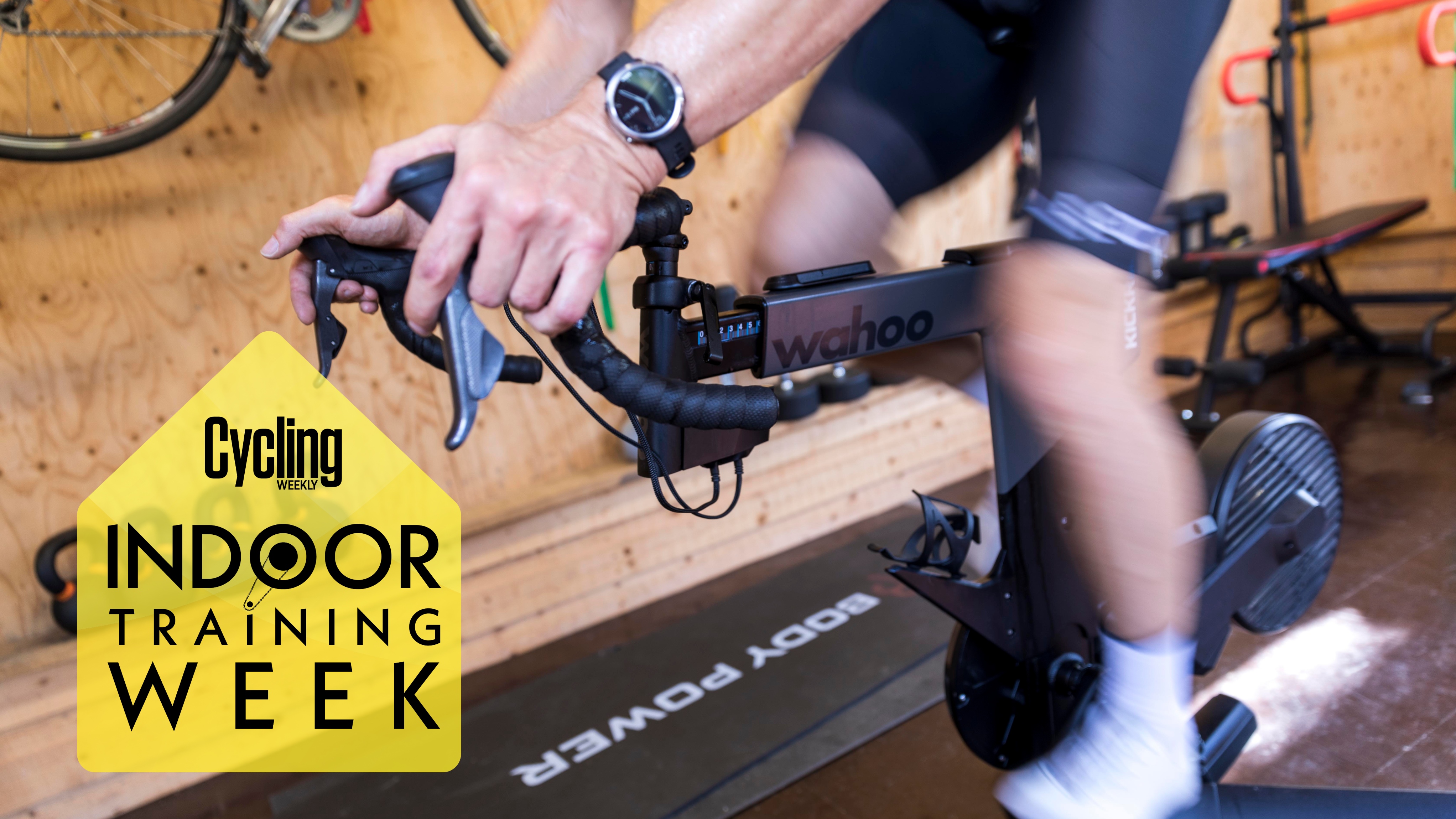 Do simulated climbs indoors benefit your uphill prowess?
Do simulated climbs indoors benefit your uphill prowess?The cost of indoor training just keeps climbing, but are gradient simulators a worthwhile investment?
By Hannah Reynolds
-
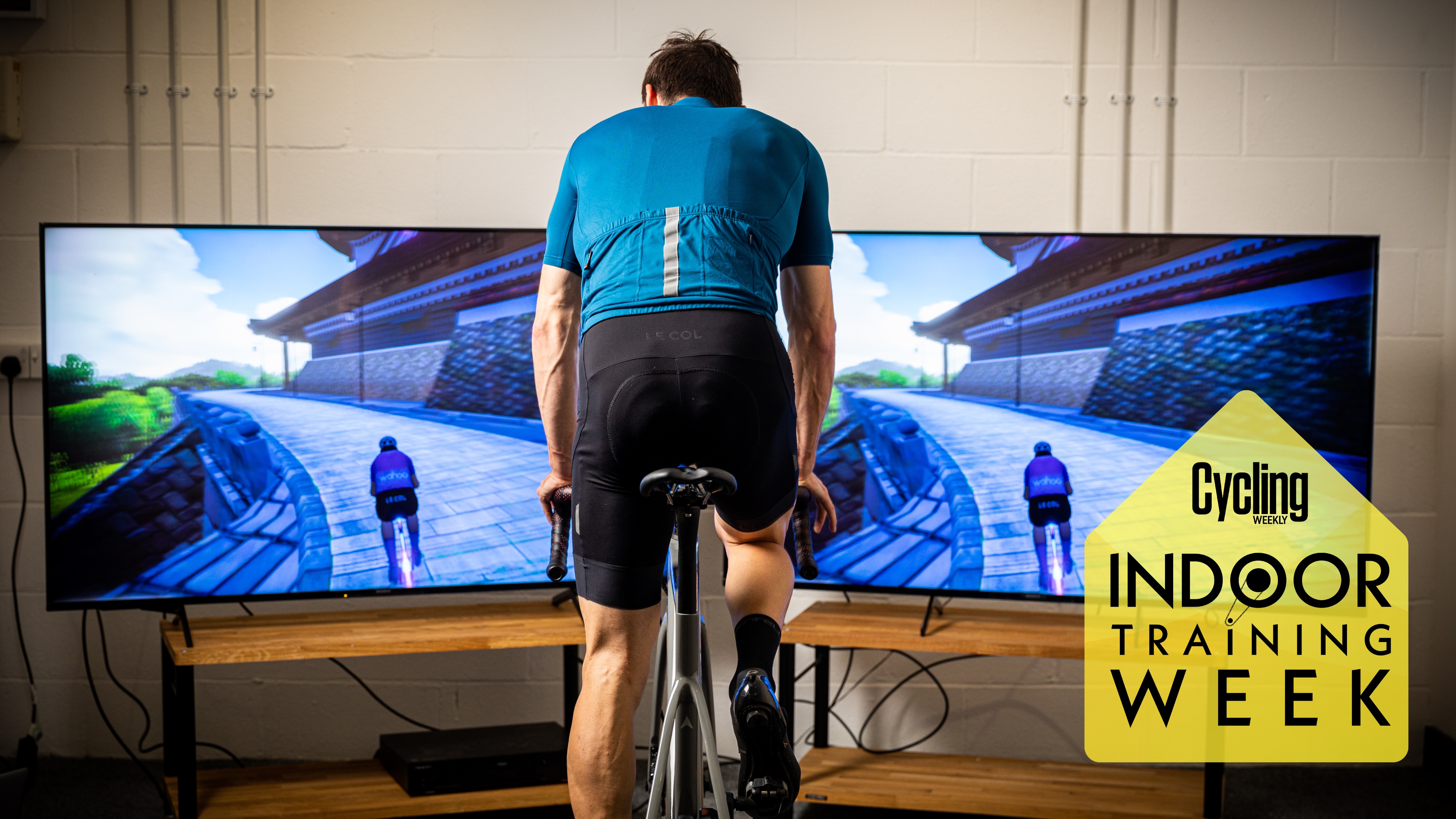 Riding climbs indoors isn't the same as scaling a mountain - here's how to ensure your hard work pays off outside
Riding climbs indoors isn't the same as scaling a mountain - here's how to ensure your hard work pays off outsideGrinding up virtual climbs may not carry the same physiological benefits as scaling mountains, but the differences can be overcome - cycling coach Andy Turner explains
By Andy Turner
-
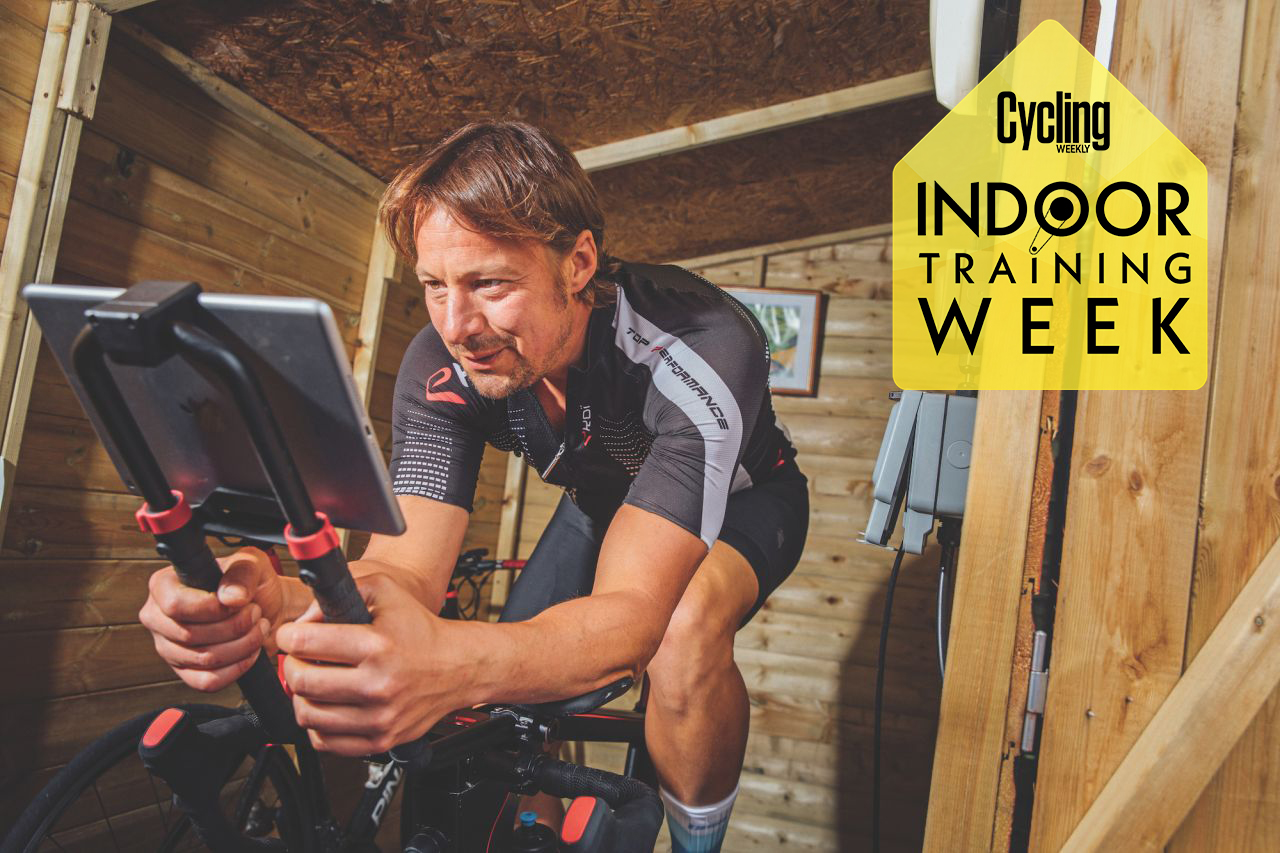 I tried Zwift’s three hardest training sessions and broke the pain barrier
I tried Zwift’s three hardest training sessions and broke the pain barrierWe pitch Zwift’s three toughest pre-programmed training sessions head to head to ascertain which one hurts the most
By Stephen Shrubsall
-
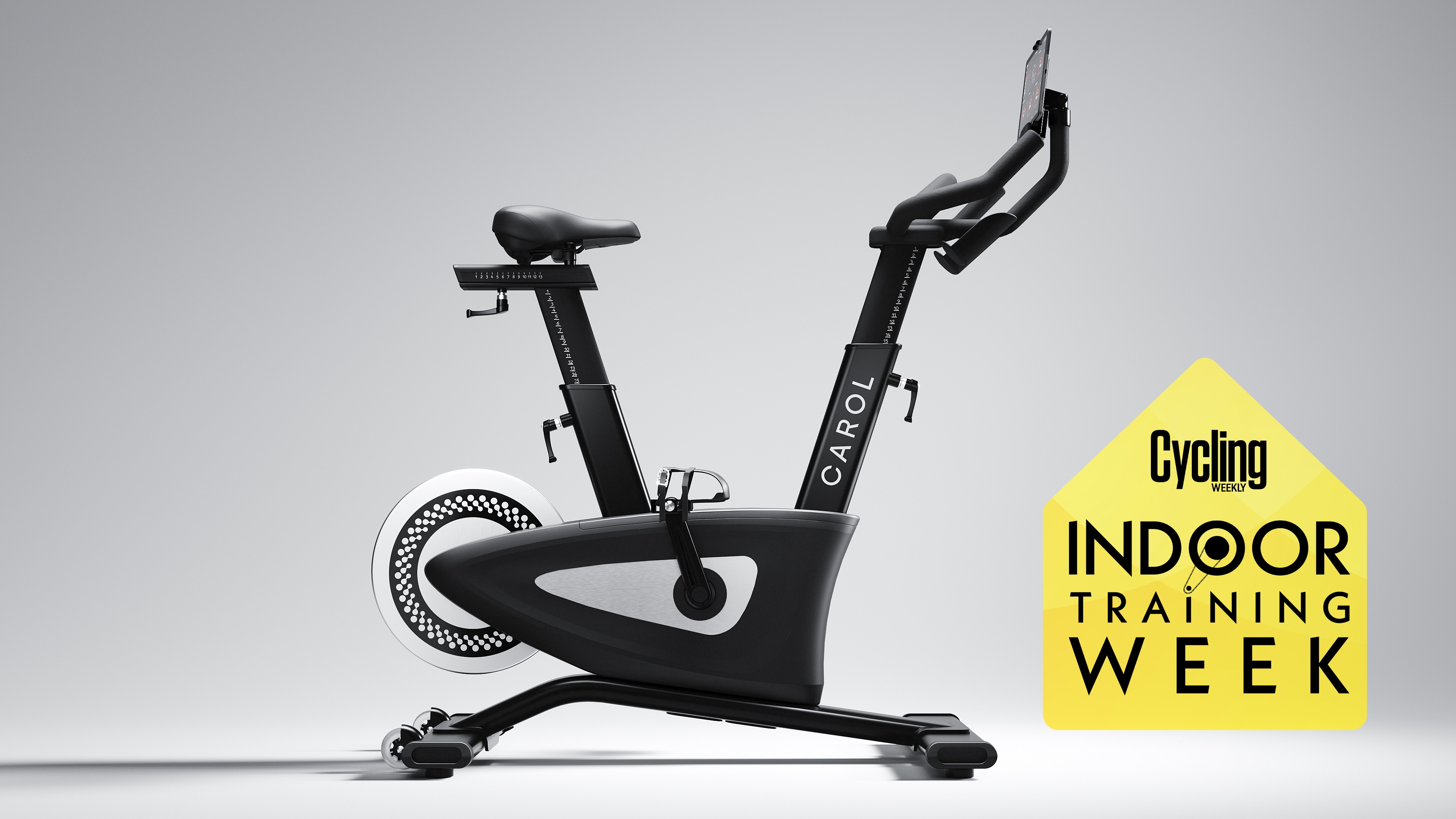 Makers of this AI powered bike claim you can get fit in under nine minutes a day — we put it to the test
Makers of this AI powered bike claim you can get fit in under nine minutes a day — we put it to the testDedicated cyclists often consider an hour the threshold for a successful indoor training session — but could the reality be much, much quicker?
By Hannah Reynolds
-
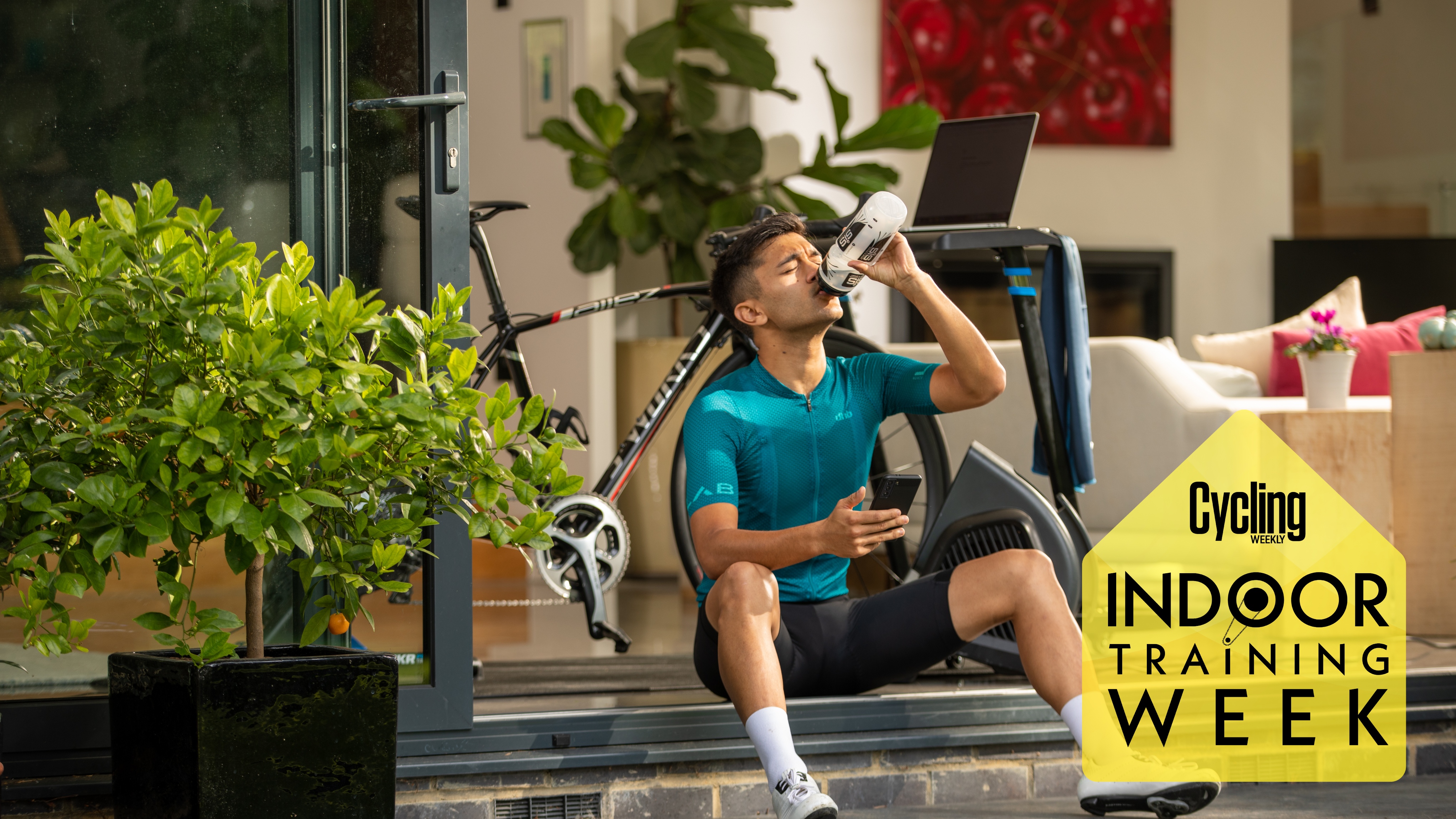 Think you don't need to eat for a 60 minute indoor session? Think again
Think you don't need to eat for a 60 minute indoor session? Think againDo you just jump on the trainer for an early session, or after work, without fuel? You may be missing out on low-hanging fruit, argues cycling coach Andy Turner
By Andy Turner
-
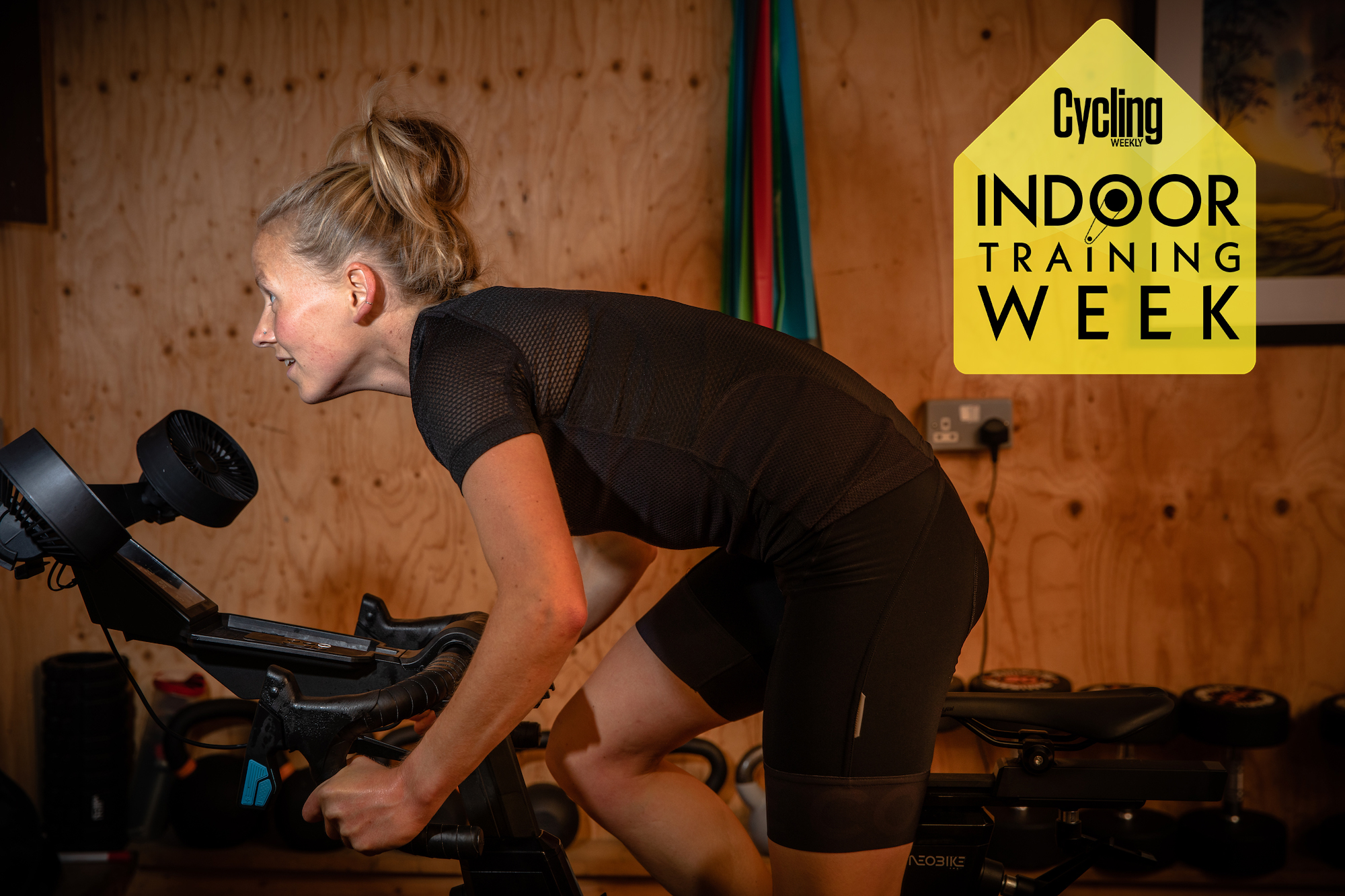 It's Indoor Training Week at Cycling Weekly
It's Indoor Training Week at Cycling WeeklyWe're celebrating the great indoors, all week
By Michelle Arthurs-Brennan
-
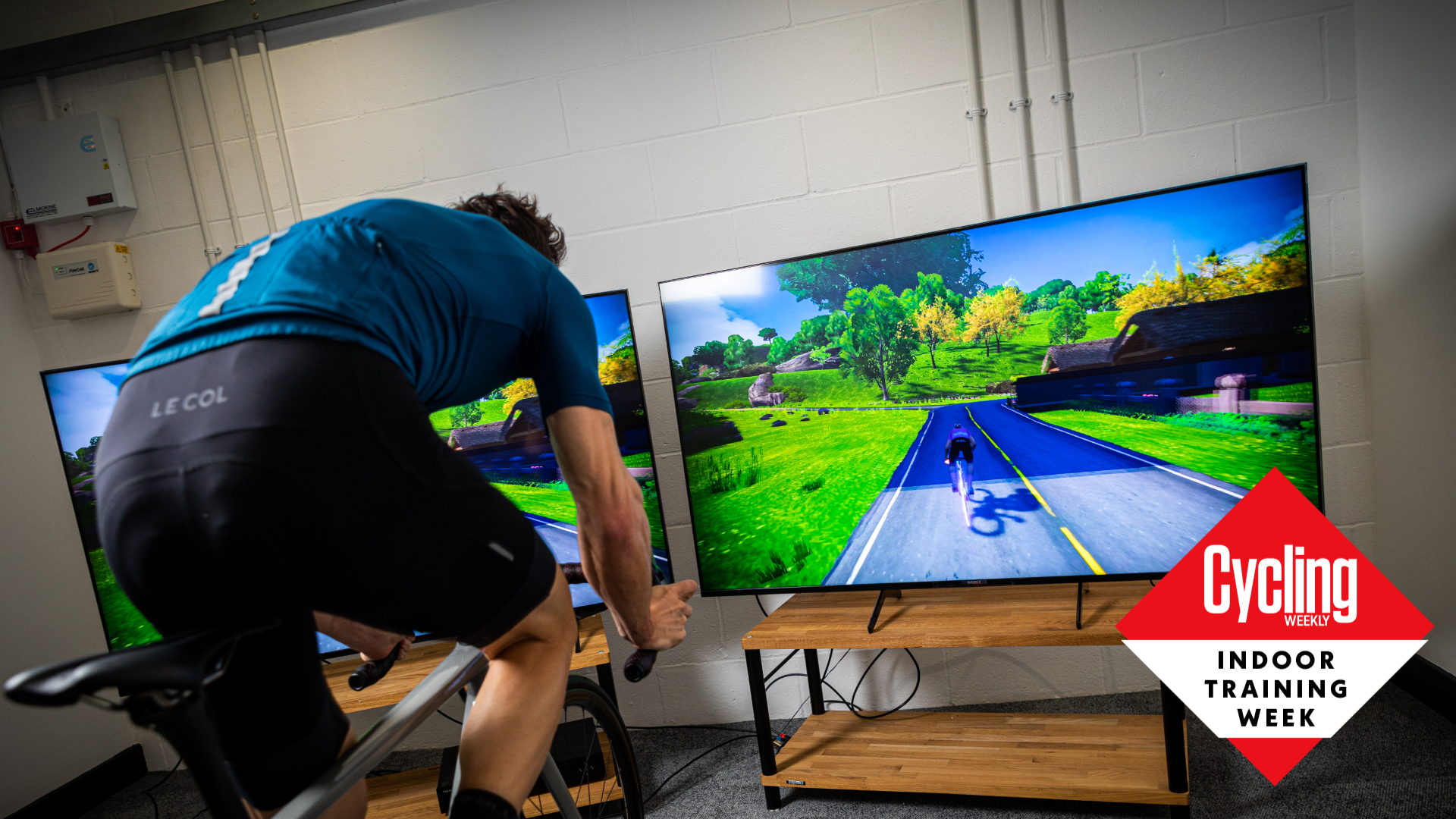 How to challenge yourself on Zwift without entering a race
How to challenge yourself on Zwift without entering a raceBuilding up to more demanding routes, setting PBs up the Alpe du Zwift, hunting out the in-game segments – there are so many ways to push yourself without taking to the virtual start-line
By Anna Marie Abram